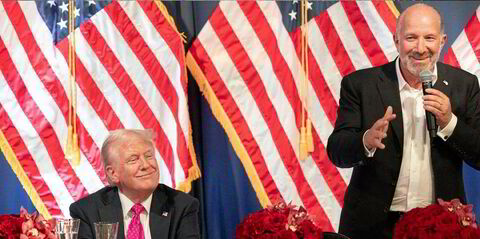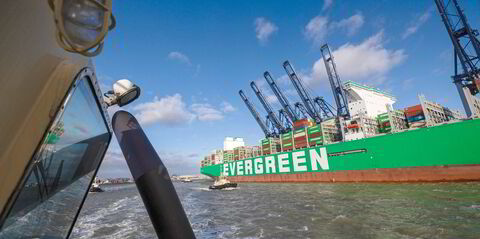Prospects are brighter for VLCCs even though Opec+ again delayed its planned crude production increase.
The oil exporting group has extended its voluntary cuts by another month to the end of December, with a phased increase after that eventually expected to add 2.2m barrels per day to the market.
London VLCC pools company Tankers International said: “This gradual increase of approximately 180,000 bpd per month is a positive development for the VLCC market.”
Historically, Opec production, particularly from Middle Eastern producers, has shown a strong correlation with VLCC cargo counts, it added.
The additional barrels, phased in over 12 months, could require an extra 55 VLCCs to transport the increased volume of Middle Eastern crude if it all heads to destinations east of Suez, Tankers International calculated.
“This is a significant boost for the VLCC market outlook for 2025,” it said.
Breakwave Advisors explained that the VLCC market is experiencing an unusual downturn for this time of year, marked by low activity and a persistent drop in rates across Eastern and Western markets.
Limited demand and high vessel availability continue to exert downward pressure on freight rates, it added, and a well-stocked tonnage list in Asia is keeping a lid on earnings.
“While some market players are hopeful for a stabilisation, the growing list of available tonnage and reports that Chinese charterers increasingly favour domestic vessels diminish the chances of a near-term rebound,” Breakwave said.
Opaque rate environment
This muddies the water on rate-setting as large oil traders wield greater influence.
The company believes the oil market is oversupplied, with a “risk premium” preventing further price declines, which in turn might prompt potential “market-driven” supply cuts.
“We believe Opec+ will ultimately introduce additional barrels into the market, pushing prices into contango — a scenario that could benefit the tanker market, similar to the 2015-2017 cycle,” Breakwave added.
Contango is when future prices are higher than the spot market.
“While the fundamental outlook for oil prices remains challenging, it is relative pricing that matters for tankers, not absolute price levels,” Breakwave said.
“Even with an unbalanced demand-supply picture, the potential for oil traders to lock in tonnage — if future prices exceed spot prices — should support higher freight rates, outperforming current expectations reflected in a rather flattish and unexciting freight futures curve.”





